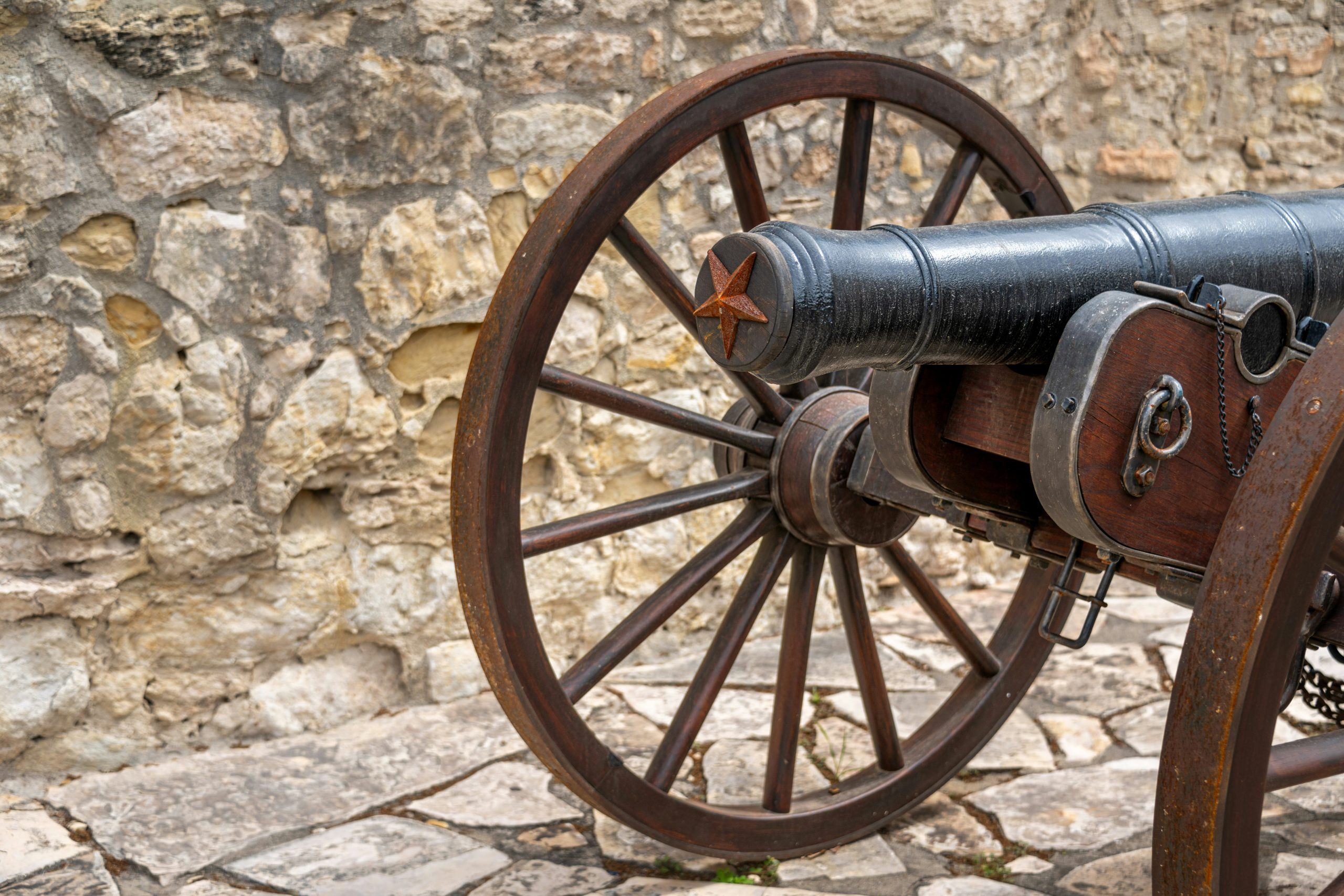Innovative Strategies for Teaching History Effectively
When it comes to teaching history, traditional methods often rely on rote memorization and regurgitation of facts and dates. However, in today’s ever-evolving education landscape, teachers are constantly looking for innovative strategies to make history lessons more engaging and impactful for their students. In this article, we will explore some of the most effective and creative ways to teach history, from incorporating technology to using experiential learning methods.
The Power of Technology in History Education
In this digital age, technology has become an integral part of our daily lives, including the way we learn. When used correctly, technology can enhance the teaching of history by providing students with immersive and interactive learning experiences.
Virtual Reality
Virtual reality (VR) is one technology that has proven to be particularly effective in teaching history. With VR, students can travel back in time and experience historical events first-hand. For example, students can virtually visit ancient civilizations or witness significant moments in history, such as the signing of the Declaration of Independence. This immersive approach to learning makes history lessons more engaging and memorable for students.
Interactive Websites
In addition to VR, interactive websites can also enhance history education. These websites offer a variety of resources, such as primary sources, historical documents, videos, and photos, to provide students with a multi-dimensional view of the past. Moreover, some websites even include games and quizzes to make learning more fun and interactive for students.
Experiential Learning in the History Classroom
Experiential learning is a teaching approach that focuses on hands-on experiences to facilitate learning. It allows students to actively participate in their own learning and make meaningful connections with historical events.
Role-Playing and Simulations
Role-playing and simulations are excellent experiential learning methods that allow students to step into the shoes of historical figures. For example, students can participate in a mock trial of a historical event or assume the role of a leader during a significant moment in history. This approach not only makes the lesson more engaging but also helps students develop critical thinking and problem-solving skills.
Field Trips
Nothing beats the hands-on experience of visiting historical sites and museums. Field trips provide students with the opportunity to see historical artifacts and locations in person, bringing history to life. Teachers can also incorporate pre- and post-trip activities to make the most out of the field trip experience.
Integrating Art and Storytelling
History is full of stories waiting to be told, and incorporating art and storytelling in the classroom can make these stories even more compelling for students.
Creative Projects
Assigning creative projects such as creating a historical timeline, building a replica of a famous monument, or making a documentary can be a fun and effective way to engage students in history lessons. These hands-on projects allow students to use their creativity while also reinforcing their understanding of historical events.
Storytelling
Humans have been passing down history through storytelling for centuries. As a teacher, you can use this age-old method to your advantage by incorporating storytelling in your lessons. Instead of just lecturing, try telling a story and bringing history to life for your students. This method can help students connect emotionally with historical events and remember them better.
In conclusion, teaching history does not have to be dull and monotonous. By incorporating technology, experiential learning methods, and art storytelling in our lessons, teachers can make history more engaging and impactful for students. Remember to always be creative, and don’t be afraid to experiment with new teaching strategies to keep your students engaged in the fascinating world of history!











